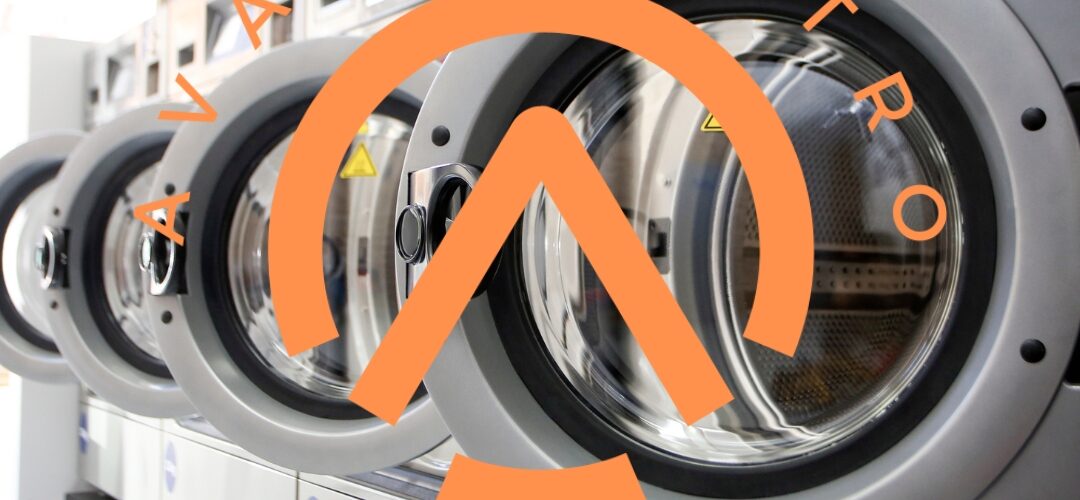How Increasing Construction Can Affect Polymers Market
Introduction
- Briefly introduce the concept of polymers and their importance.
- Mention the impact of construction on the polymers market.
The Role of Polymers in Construction
- Explain the various applications of polymers in the construction industry.
- Highlight the significance of polymers in enhancing construction materials.
Factors Driving Increased Construction
- Discuss the factors contributing to the growth of the construction sector.
- Explain how economic development and population growth play a role.
Impact of Increased Construction on Polymers Market
- Describe the relationship between the construction industry’s growth and the demand for polymers.
- Discuss the types of polymers most affected by this growth.
Technological Advancements
- Explore how advancements in construction technology influence polymer usage.
- Discuss innovative polymer applications in modern construction.
Environmental Considerations
- Examine the environmental impact of using polymers in construction.
- Discuss sustainable practices in the construction industry.
Market Trends and Projections
- Present data on the current state of the polymers market.
- Offer projections for future market growth based on construction trends.
Challenges and Concerns
- Discuss potential challenges and concerns associated with the increased use of polymers in construction.
- Address issues related to sustainability and waste management.
Regulatory Framework
- Explain the role of regulations in shaping the polymer and construction industries.
- Discuss how regulatory changes can impact these sectors.
Case Studies
- Provide real-world examples of construction projects benefiting from polymer use.
- Highlight success stories and lessons learned.
Innovation in Polymer Development
- Explore ongoing research and development in polymer technology.
- Discuss how new polymers are tailored to meet construction industry demands.
Market Competition
- Discuss the competitive landscape within the polymers market.
- Highlight key players and their strategies.
Global Perspective
- Offer insights into the international scope of the construction and polymers industries.
- Discuss global trends and regional variations.
Future Outlook
- Summarize the key takeaways from the article.
- Offer a perspective on what the future might hold for the polymers market in construction.
Conclusion
- Conclude the article by summarizing the interdependence of the construction and polymers markets.
How Increasing Construction Can Affect Polymers Market
In today’s world, the construction industry stands as a significant pillar of economic growth and urban development. The extensive use of polymers in construction has become a defining feature of modern building practices. In this article, we will delve into the profound impact that increasing construction can have on the polymers market, exploring the dynamic relationship between these two sectors.
Introduction
The construction and polymers industries are intricately linked. Polymers, with their versatile properties, are essential components in construction materials, offering durability, flexibility, and strength. This article will elucidate the far-reaching consequences of the construction industry’s expansion on the polymers market.
The Role of Polymers in Construction
Polymers are utilized in various facets of construction, from reinforcing concrete to insulating buildings. Their lightweight nature, resistance to corrosion, and cost-effectiveness make them indispensable.
Factors Driving Increased Construction
Factors such as population growth, urbanization, and economic development are driving the construction industry’s growth. As cities expand and new infrastructure projects emerge, the demand for construction materials, including polymers, rises.
Impact of Increased Construction on Polymers Market
With the growth of the construction industry, the demand for polymers has surged. Polymer producers are adapting to meet the diverse needs of construction projects, impacting specific polymer markets.
Technological Advancements
Advancements in construction technology have led to innovative uses of polymers, further solidifying their role in construction. Examples include 3D-printed buildings and advanced composite materials.
Environmental Considerations
The construction industry’s environmental footprint has led to a shift toward sustainable practices. Polymers, when used responsibly, can contribute to eco-friendly construction solutions.
Market Trends and Projections
Current market trends indicate a robust demand for polymers, particularly in emerging economies. Projections foresee sustained growth as construction activity continues to expand.
Challenges and Concerns
While the integration of polymers into construction has many benefits, concerns about sustainability, waste management, and long-term environmental impact are being raised.
Regulatory Framework
Regulations play a pivotal role in shaping both the polymer and construction industries. Changes in policies and standards can influence the usage of polymers in construction projects.
Case Studies
Real-world case studies showcase the successful implementation of polymers in construction. Examples include earthquake-resistant buildings and energy-efficient structures.
Innovation in Polymer Development
Ongoing research in polymer development is leading to new materials tailored to meet the demands of the construction industry. These innovations continue to shape the market.
Market Competition
The polymers market in construction is competitive, with numerous players vying for market share. Key industry leaders are employing strategic approaches to maintain their position.
Global Perspective
The construction and polymers industries have a global reach. Regional variations in construction practices and market dynamics influence the interplay between these sectors.
Future Outlook
As we peer into the future, the relationship between construction and the polymers market will only strengthen. Sustainability, innovation, and market dynamics will be defining factors.
Conclusion
The growth of the construction industry has a profound impact on the polymers market. As construction projects become more complex and innovative, the demand for polymers will continue to rise. The interdependence of these industries highlights the need for collaboration and innovation to ensure sustainable development.
FAQs
Q1: How are polymers used in construction? Polymers are used in construction for various purposes, including reinforcing concrete, insulating buildings, and creating lightweight, durable materials.
Q2: What factors are driving increased construction activity? Population growth, urbanization, and economic development are key factors contributing to the growth of the construction industry.
Q3: How do regulations affect the use of polymers in construction? Regulations can influence the standards and practices related to the use of polymers in construction projects, particularly in terms of safety and environmental impact.
Q4: Are there sustainable practices in the construction industry related to polymers? Yes, sustainable practices in construction include the responsible use of polymers, which can contribute to eco-friendly building solutions.
Q5: What is the future outlook for the relationship between construction and the polymers market? The relationship between construction and the polymers market is expected to strengthen, driven by sustainability, innovation, and market dynamics.










